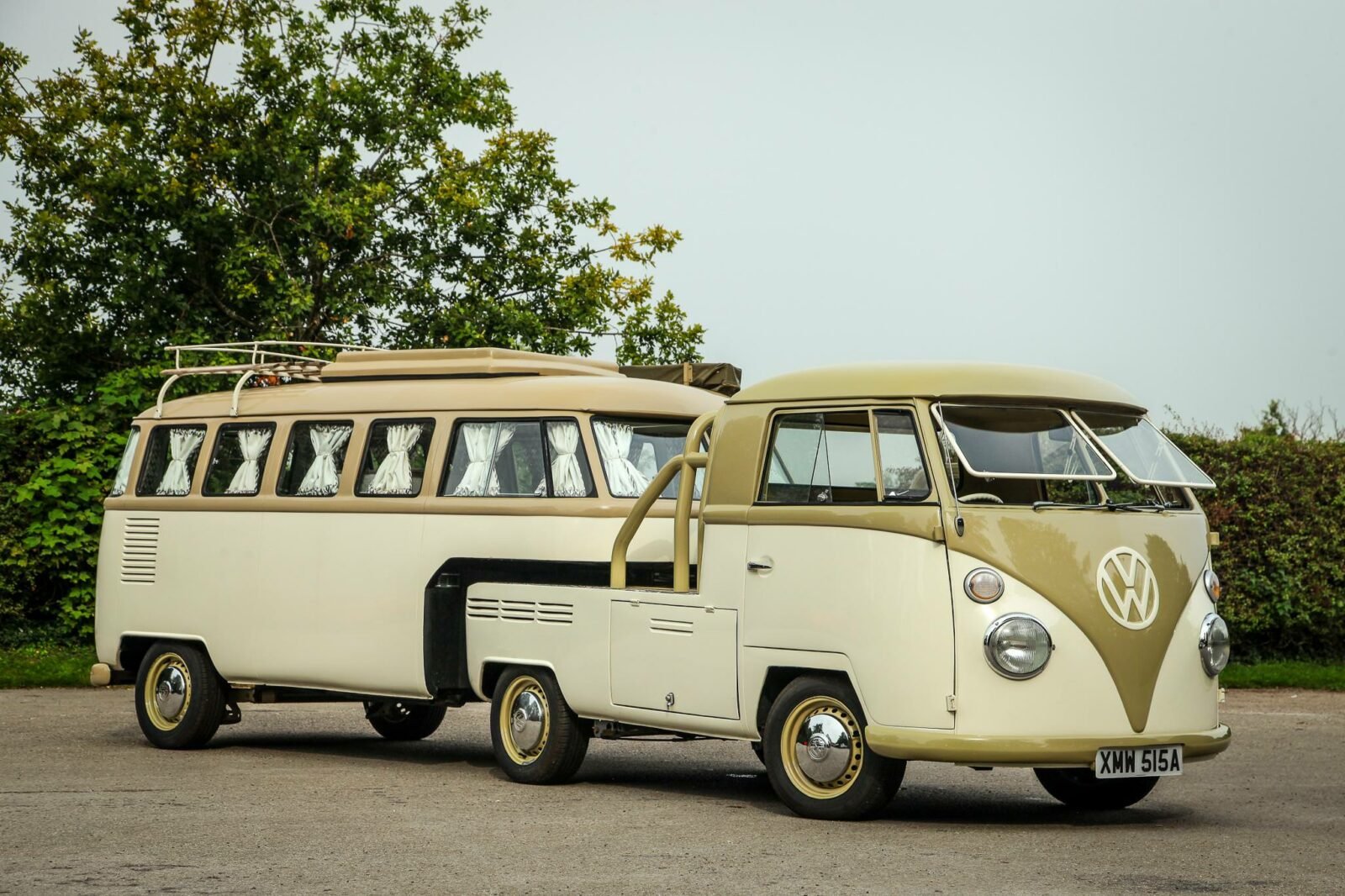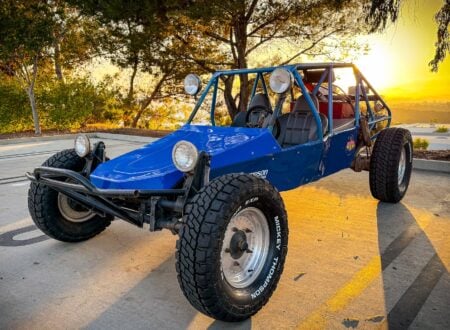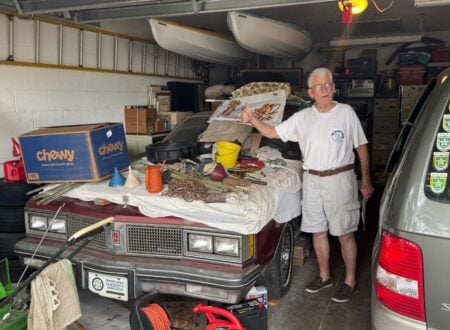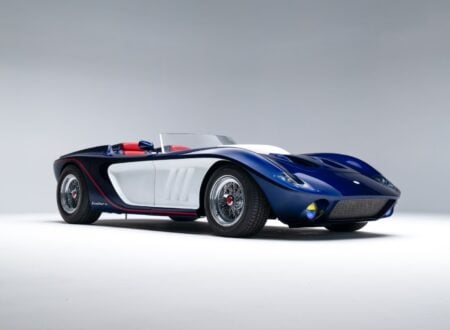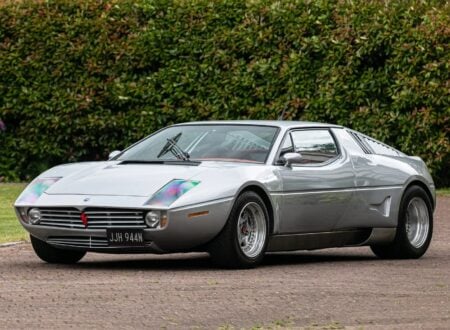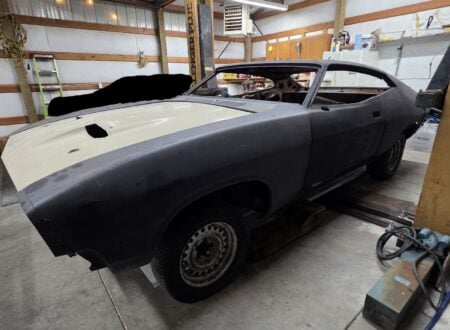This unusual Volkswagen Type 2 Camper is actually build from two split-screen Type 2 Vans into what is commonly called a fifth-wheel. Due to the fact it’s now carrying double the weight, the original motor has been replaced with an Audi S3 engine and automatic transmission.
This is believed to be the only example like this in the world, it was built by the current owner and it’s registered for road use in Britain. It’s now being offered for sale for the first time out of Cheshire in the United Kingdom.
Fast Facts – The Volkswagen Type 2
- After the success of the Volkswagen Beetle (Type 1) in the late 1930s, the idea for the Type 2 came about in the 1940s. The concept is often credited to Ben Pon, a Dutch Volkswagen importer, who sketched a van based on the Beetle chassis in 1947. This was inspired by the makeshift utility vehicles built atop Beetle chassis at the Volkswagen factory after World War II.
- Production officially began in 1950 in Wolfsburg, Germany. This first version was characterized by its split front windshield, earning it the nickname “Splittie.” The T1 was versatile, available in various forms including a panel van, a pickup, and a microbus. Over time, it became a symbol of the hippie counterculture movement in the 1960s, especially in the United States.
- Even after newer generations emerged and the Type 2 ceased production in many parts of the world, it continued to be produced in Brazil until December 2013. Due to its lengthy production run in Brazil, the Type 2 saw various modern updates over the years, such as water-cooled engines and updated interiors.
- The Volkswagen Type 2 you see here actually started out as two vans. It’s been modified into a “fifth-wheel” camper and as a result the rear unit now has far more space. Due to the added weight it’s powered by an Audi S3 engine and transmission, and it’s fully road-legal.
The Volkswagen Type 2 Camper
There’s no way that anyone at Volkswagen could have known in 1950, then they first released the Type 2, that it would fundamentally revolutionize the world’s perception of what a van actually was. It became a staple for tradesmen around the world, it was the vehicle of choice for the hippie movement in the 1960s, and it became the most common camper van platform in the world.
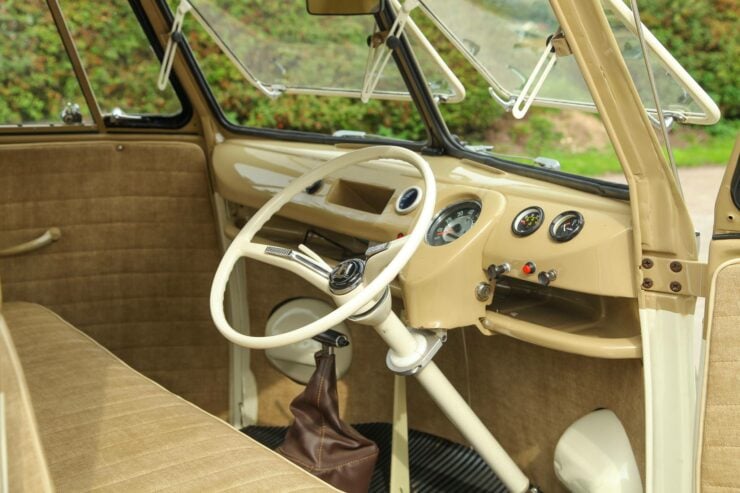

The initial concept for the Volkswagen Type 2 came from a Dutch Volkswagen importer named Ben Pon. In 1947, Pon visited the Volkswagen factory in Wolfsburg, Germany.
While there, he noticed a unique, makeshift vehicle that the plant workers had created using a stripped-down Beetle chassis to transport parts and materials around the vast factory complex. This flatbed parts-mover, while rudimentary, was highly functional and sparked an idea in Pon’s mind.
Inspired by the flatbed vehicle he saw at the factory he sketched a design for a boxy, utilitarian vehicle built atop a Beetle chassis. His initial drawing, dated April 23, 1947, is often regarded as the first conceptualization of what would become the Type 2. Pon envisioned it as a multi-purpose vehicle that could serve as both a passenger and a cargo transporter.
Pon’s idea was presented to Volkswagen’s leadership, and the company’s engineers began to work on transforming his vision into a functional prototype. Given the Type 1’s (Beetle’s) rear-engine layout, a significant challenge was to ensure the cargo bed rear allowed space for the engine and ancillaries underneath.
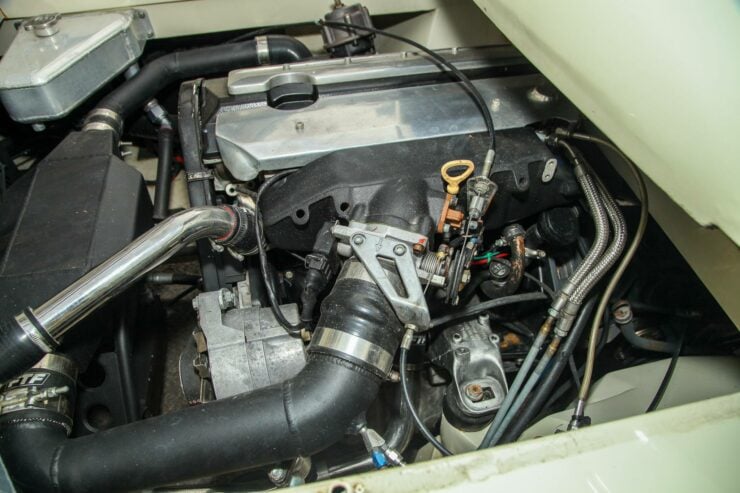

By 1949, the first prototype, known as the “Bulli,” was ready. It retained the Beetle’s basic mechanical setup, including its air-cooled engine, but had a new platform chassis and body. After some refinements, official production of the Volkswagen Type 2 commenced in March 1950 in Wolfsburg.
The Audi-Powered VW Type 2 Camper Shown Here
The camper you see here is unlike any Type 2 we’ve ever seen. It was built from two split-window Type 2 Vans with the one in front being the tractor unit and the one in the rear containing the living quarters. This allows the rear unit to have more interior space than it otherwise would.
Due to the high costs that split-window Type 2s now fetch, it’s unlikely that anyone else will built a vehicle of this kind, as it would be cost prohibitive for all by the wealthiest of camper van enthusiasts.
As you will have read further up, the vehicle is now powered by an Audi S3 engine and its automatic gearbox, which provides plenty of power for modern highway driving. Depending on which year it is the S3 engine will produce a minimum of 207 bhp – it’s a 20-valve inline-four with double overhead cams and turbocharging. The engine is located in the rear of the tractor vehicle, below the articulating U-shaped hitch.
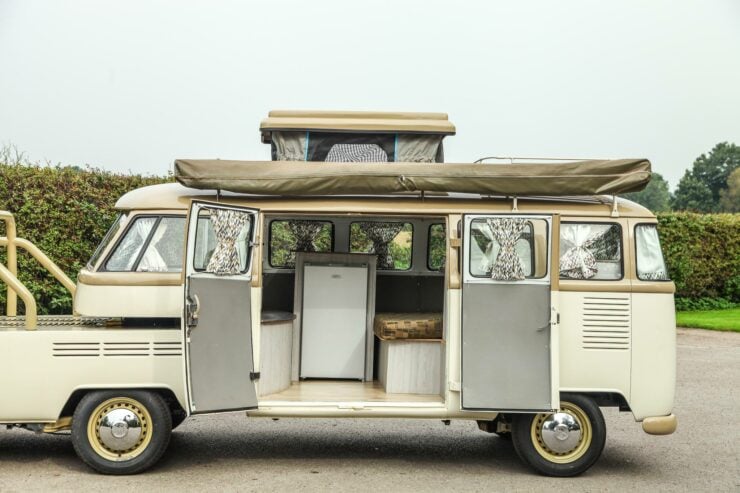

Both the front and rear unit are finished in a matching two-tone paint scheme, and their interiors match with beige and cream used throughout. The front bench seat can accommodate three people abreast, and the Audi automatic shifter is located in the center of the floor surrounded by a leather boot.
The accommodation unit in the rear has a full-size double bed, a fridge, and ample cabinetry for storage. It also has a pop-top for added head room, matching curtains, and wood floors throughout.
This unusual Type 2 camper van is now being offered for sale by the builder and original owner out of Cheshire in the United Kingdom. on the Car & Classic platform. If you’d like to read more about it or register to bid you can visit the listing here.
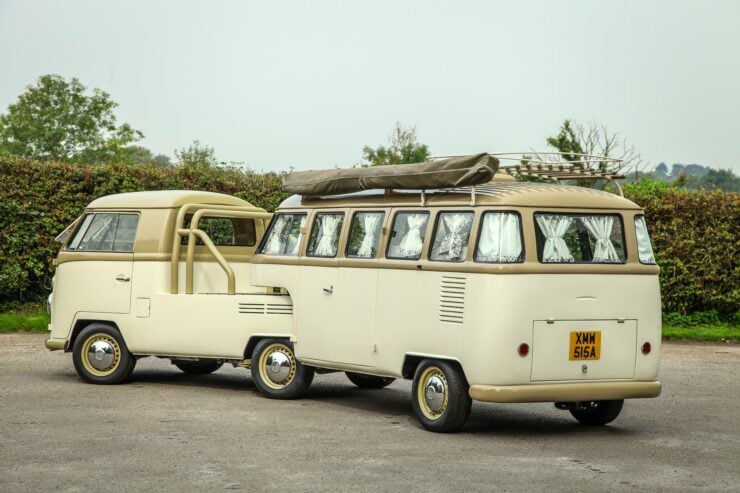
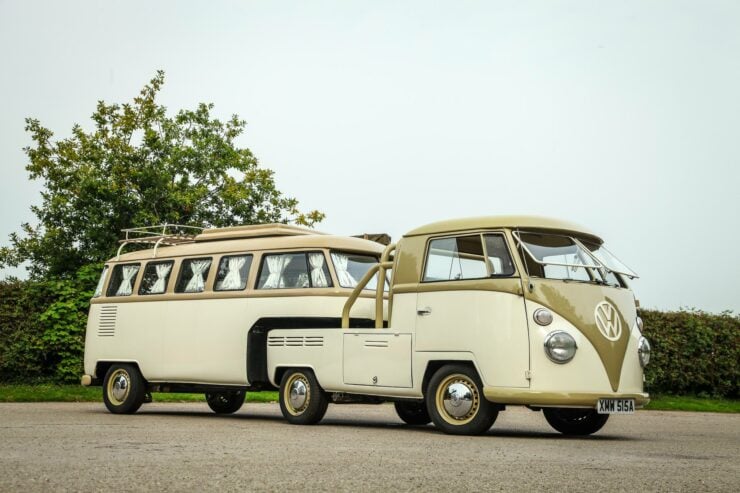
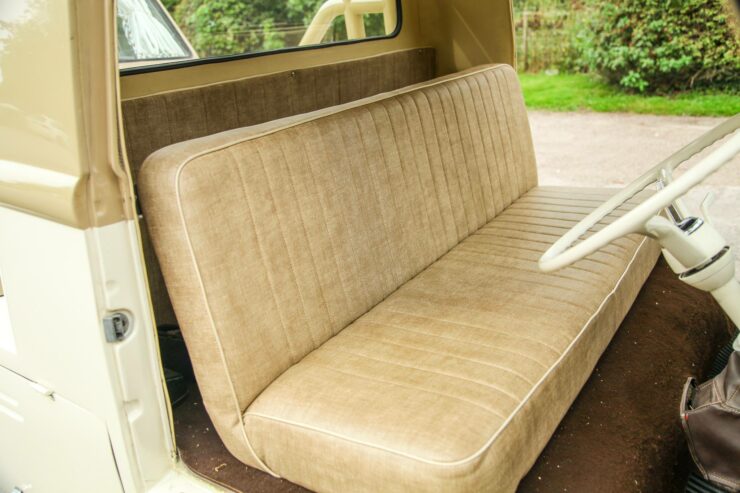
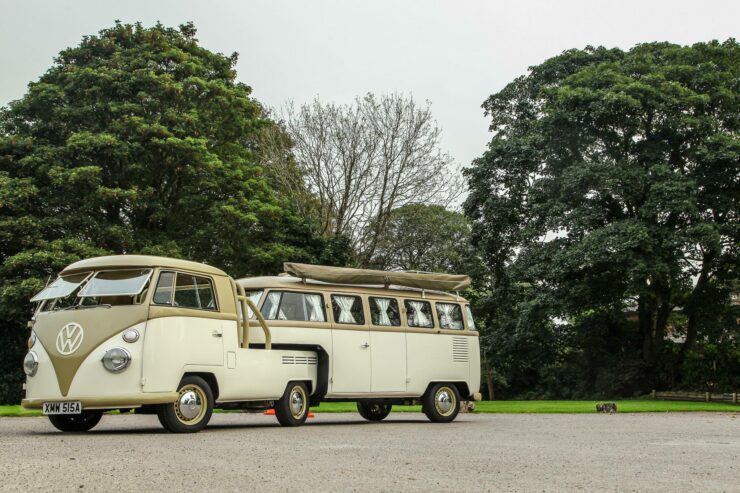
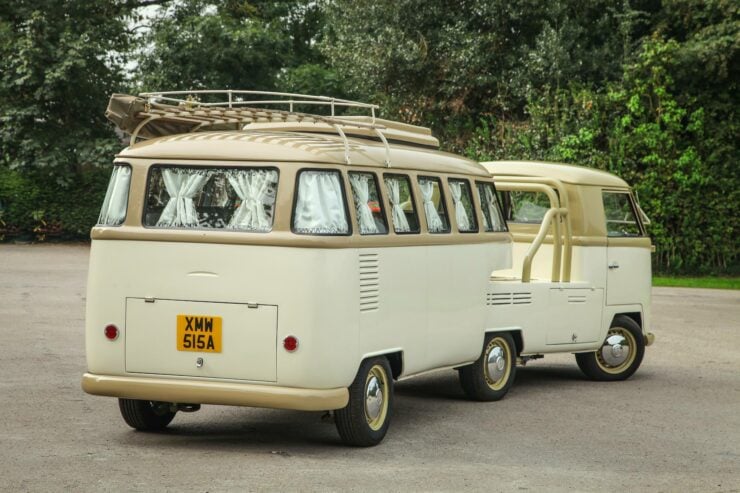
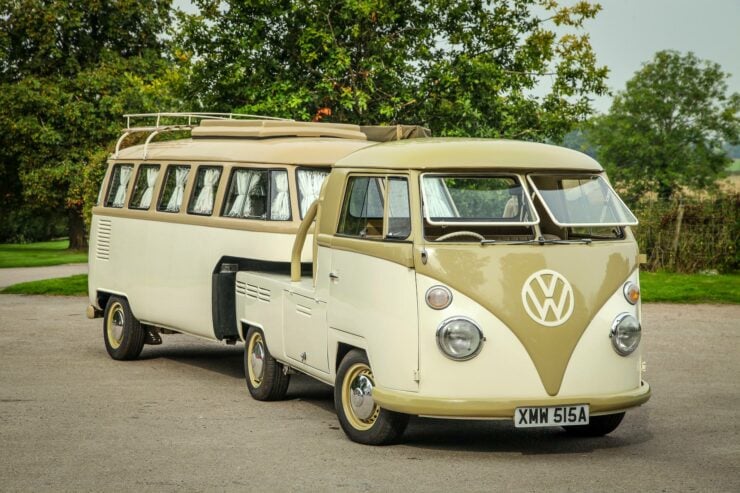

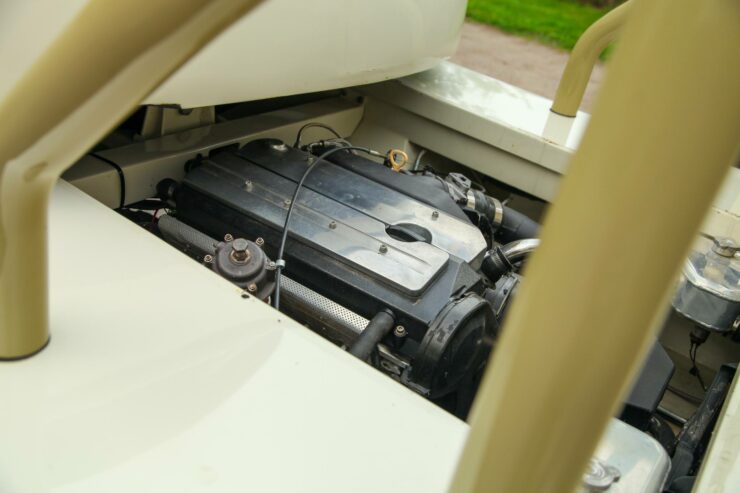
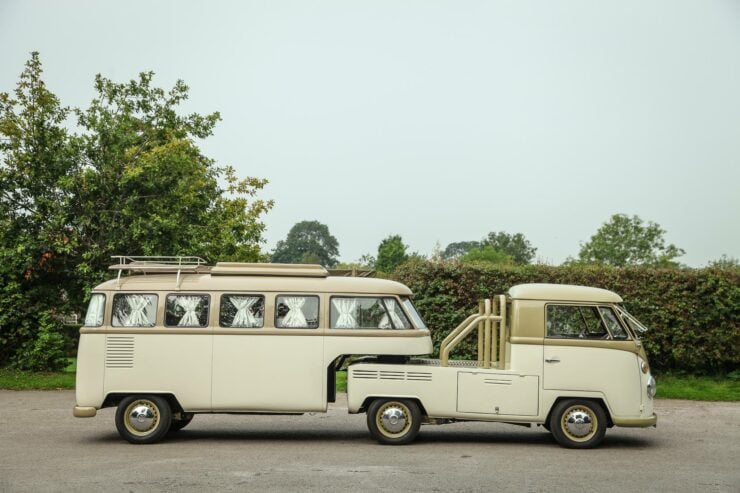
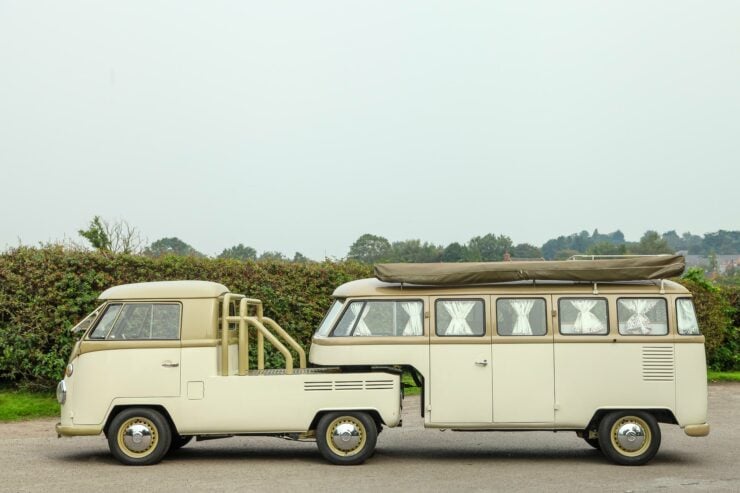
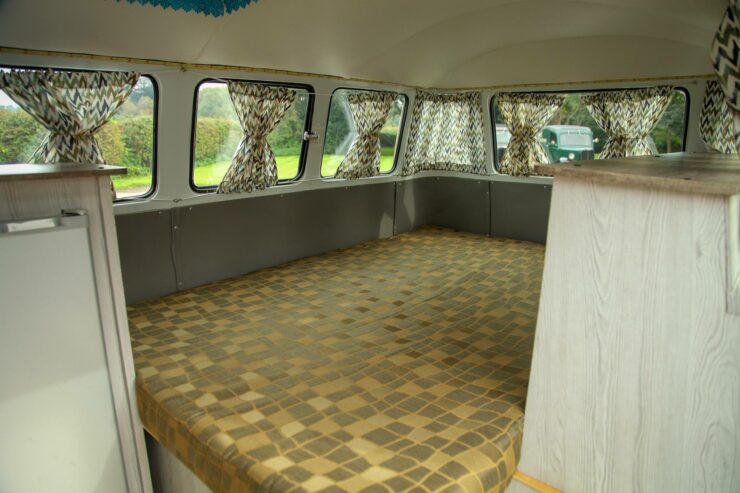
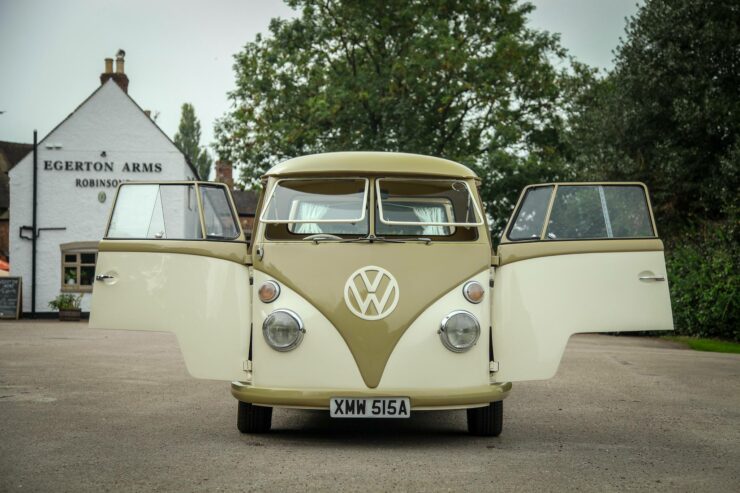
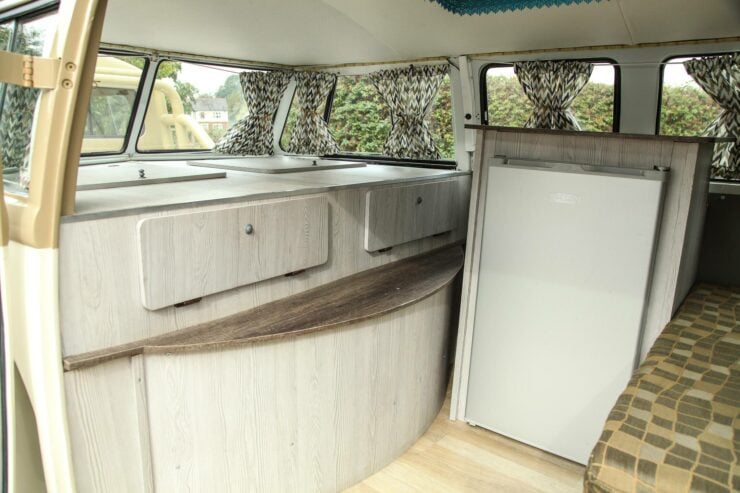
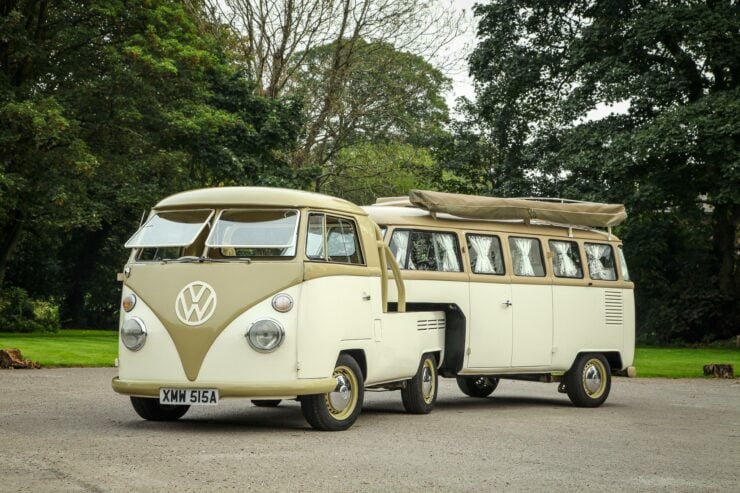
Images courtesy of Car & Classic

